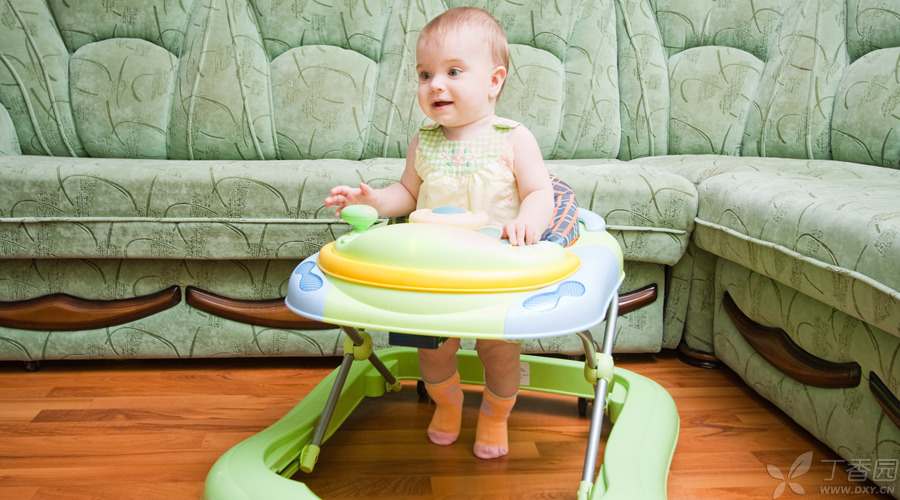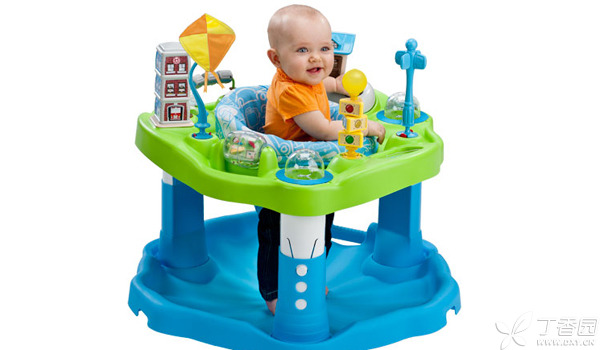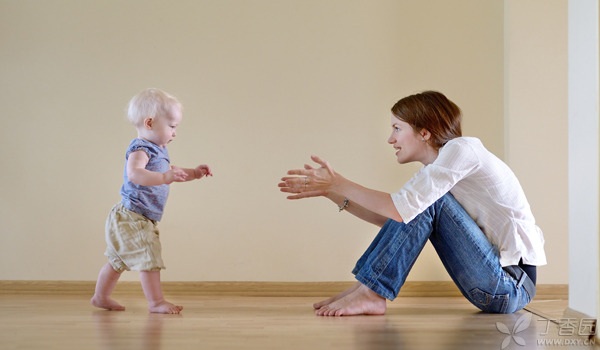
Hearing the name walker, many parents think it can help their children learn to walk and think it is a good thing. This is not the case. Its danger to children cannot be ignored.
What are the hazards of walker?
1. Affect children’s learning to walk
It sounds ironic, how can walker delay children’s walking?
As early as 2002, studies abroad showed that children who use walkers walk independently later.
In the walker, In fact, the weight of the child is all concentrated in the buttocks, the legs are not hard, the toes can move a little, but will affect the development of leg strength. Children in the walker [walking] is toe landing, this is not a normal posture, long-term use of walker children, may be in independent walking also habitual tiptoe, but affect the normal walking.
2. Threatening Children’s Safety
Children who cannot walk have no ability to control the movement of the walker, which will bring great danger to children.
The risks reported by the American Academy of Pediatrics (AAP) include:
- Turn down the steps: The wheels of the walker roll easily when they encounter steps, carpet edges or other obstacles on the ground. Children have no ability to protect themselves at all. Once the walker rolls over, The first injury was the child’s head. Burn: The walker supports the child’s hips, widening the child’s vision and access to things. If parents do not take precautions in advance, the child is likely to pull the tablecloth, burn himself by the hot water on the table, or knock over the thermos bottle. Drowning: Outside, the walker overturns on the steps of the swimming pool or pool, and the child is likely to fall into the water.
At the same time, experts from the American Academy of Pediatrics pointed out that many of these accidents occurred in the presence of adults. Because the walker moves much faster than the children themselves, even if parents predict the danger, it is difficult to respond in time.
However, many Chinese parents will put their children in the walker and go to their own affairs as soon as they put them in the walker. They will not restrict their children’s space for activities, which is more likely to cause injuries to their children.
Best practice: Throw away the walker
Children around the age of 1 have a lot of fun to enjoy besides learning to walk.
It can create a safe crawling environment for children, spread clean floor mats, and properly limit the range of activities of children with fences, so that children can sit and climb if they want, and stand if they want. Even if they cannot stand steadily, they do not need to worry about hurting their heads.
If you don’t have time to pay attention to your child’s actions at all times, you can buy a fixed activity center similar to a walker but without wheels. The purpose is not to help your child walk, but to give TA a safe playing environment.

How can we help children learn to walk?
Note that [help] is used here, not [teach].
Walking is a very natural process in the process of children’s physical development and does not require deliberate learning.
Parents should correct their ideas. It is not that TA will not walk without teaching children. Children can learn to look up, sit firmly, turn over, and learn to climb by themselves. After TA’s muscles, bones and brain balance ability develop and mature, walking is also a natural thing. To help children learn to walk, step by step, you can follow the following three steps.
Step 1 Stand
Children about 10 months old will begin to try to stand up. Parents can prepare a small bench or strong box for their children to hold and practice standing, which is not easy to roll over and threatens their children’s safety. Parents can also hold their children’s arms and let them stand up slowly.
Step 2: Step forward
If the child is already standing steadily and has the consciousness to move forward, parents can lead the child forward slowly, but don’t worry too much. You can give the child a box with wheels or a push walker and let TA walk slowly, but you must first clean up a large enough space and have someone to take care of it.
Step 3: Walk
You can use the toddler belt tied to your child’s chest and armpit for a short time. Parents use two straps to prevent your child from falling down. However, attention should be paid to the fact that the straps should not be tied too tightly, not to pull too hard or to control the direction and speed of your child’s walking too much, and to give the initiative to your child.

If the child can hold things and walk steadily, it shows that TA’s legs are strong enough. At this time, parents should let go of their hands and encourage their children to walk by themselves. Toys can also be used to attract children to move forward slowly.
Please remember that in the whole process, parents only need to guide, help and protect, instead of pulling out seedlings and promoting them through various means.
Responsible Editor: Zhang Jingyuan
